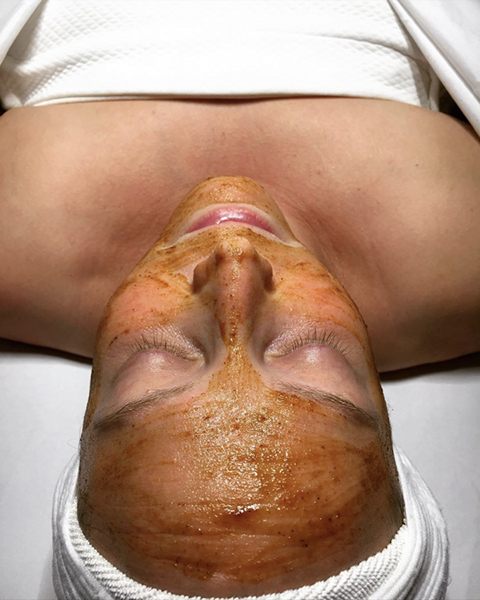
Active enzymes are a type of skincare ingredient that can be used in a facial treatment to help exfoliate the skin. Enzymes are proteins that act as catalysts to speed up chemical reactions in the body, and in skincare, they can help to break down and remove dead skin cells from the surface of the skin.
There are several different types of active enzymes that can be used in skincare, including papain (derived from papaya), bromelain (derived from pineapples), and proteases (derived from various plants and animals). These enzymes can help to gently dissolve the bonds between dead skin cells, allowing them to be easily removed and revealing smoother, healthier-looking skin beneath.
Some of the benefits of using active enzymes in a facial treatment include:
- Gentle exfoliation: Active enzymes can provide gentle exfoliation, making them suitable for people with sensitive skin or those who cannot tolerate more abrasive exfoliants such as scrubs or chemical peels.
- Improved skin texture: By removing dead skin cells, active enzymes can help to improve the texture of the skin, leaving it feeling smoother and more refined.
- Brightening effects: Active enzymes can help to brighten the skin by removing dull, lifeless cells from the surface, resulting in a more radiant complexion.
- Hydration: Some active enzymes have hydrating properties, which can help to nourish and moisturize the skin.
Overall, active enzymes can be a useful addition to a facial treatment for their exfoliating and skin-brightening effects. However, it’s important to choose the right enzymes for your skin type and concerns and to use them as directed in order to avoid irritation. It’s always a good idea to consult with a skincare professional or dermatologist before using any new skincare products or ingredients.